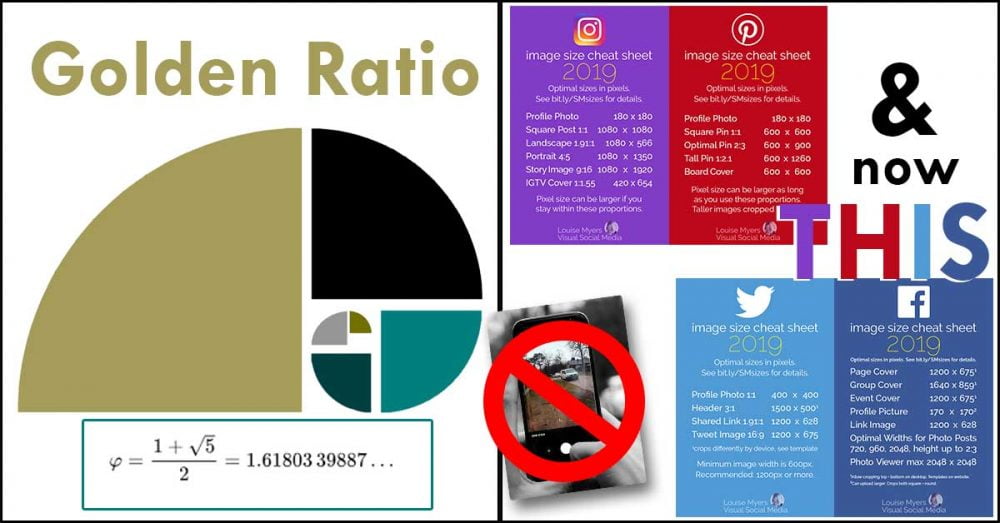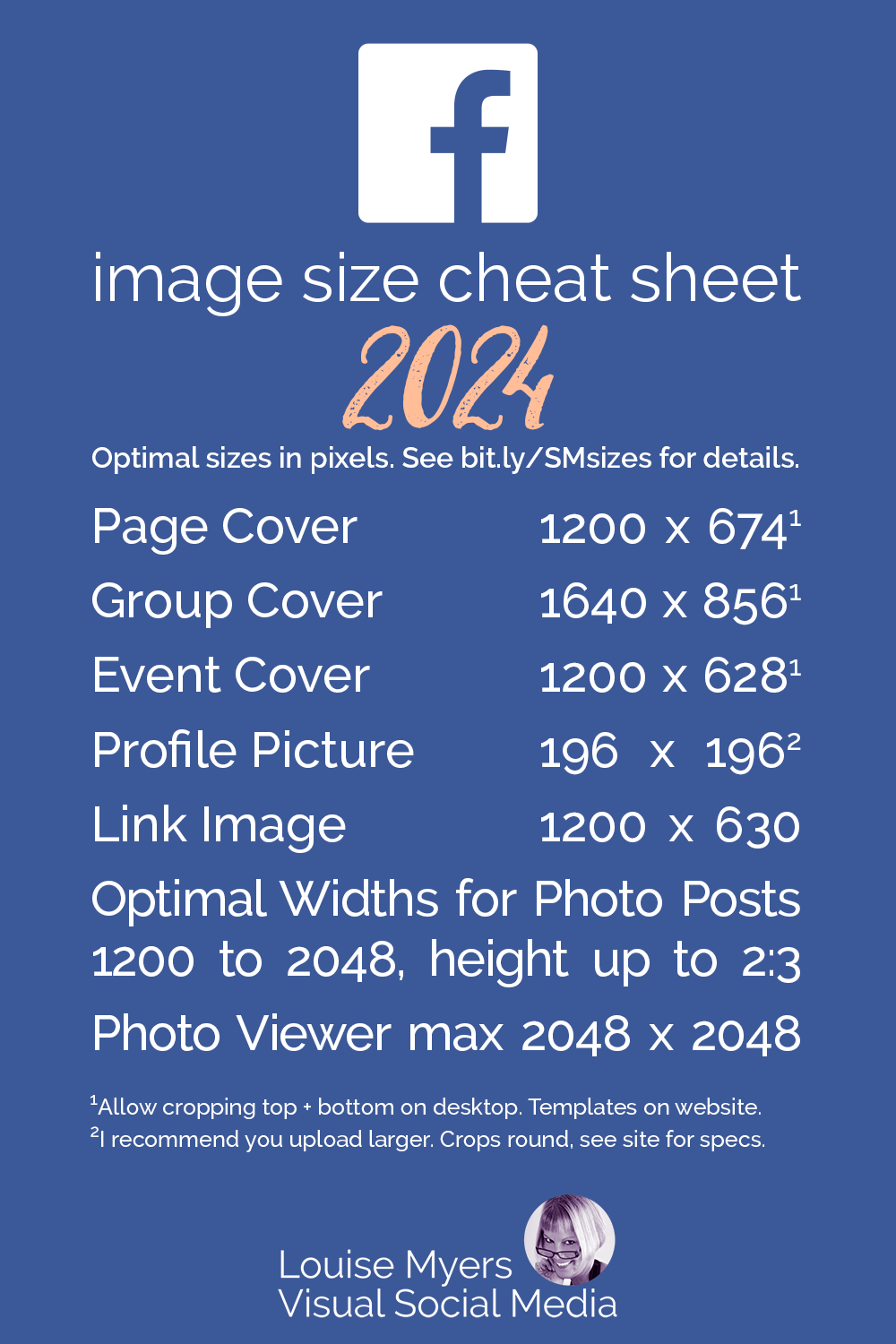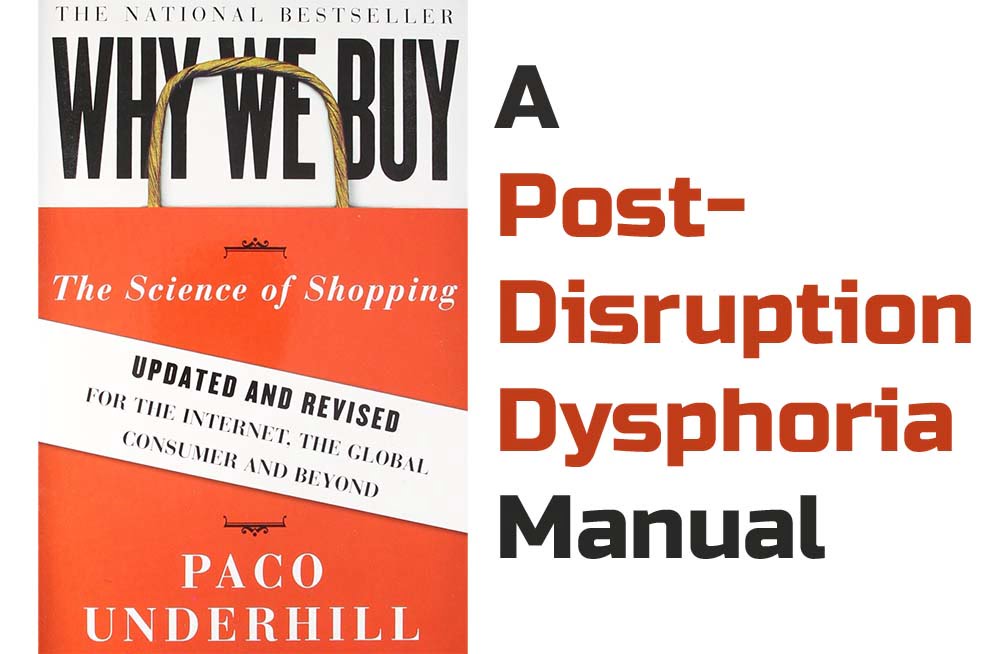(AKA say no to vertical video)

For millennia, learned men (and women, no doubt) have been infatuated with the mathematical beauty in music, art, architecture and geometry.
The name they gave to it: The Golden Ratio.
Fast forward a few decades and we get this mess:

I’m only being facetious. I’m sure this lady does grand work. It seems to be the case. But as a film school graduate and incurable cinemaphile, I’m still a hard line 16:9-er (cinematic ratio for wide screen). It’s simply more dramatic and artistic. Not to mention being the new norm after the 50 year pan/scan abortion which was 4:3 box TVs, pft!
I’m curiously looking at these ratios and sizes and how best to display them on the de-facto device, your fondle-block. The little wonder in your pocket. You know, your phone. (Have anyone noticed we don’t even call them smart phones any more?) Where will it end?
For now, I’m drawing a hard line at vertical video. HARD NO! from me.
IDK man. Ask me again in 30 years.



